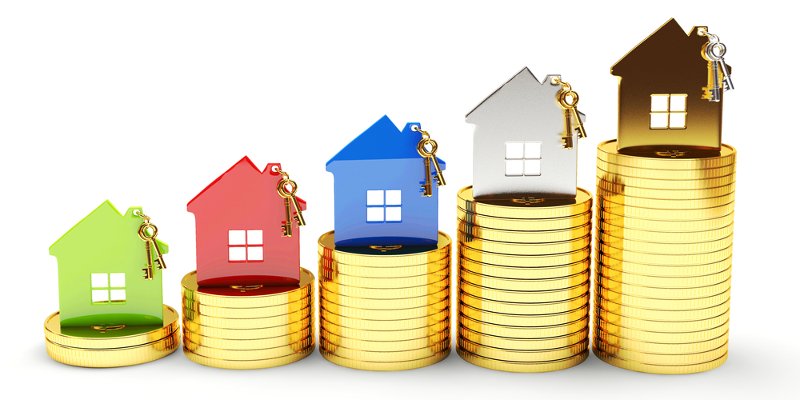
House prices rose by 4.5% the last year, taking the average property value in the UK to £223,807, with London experiencing the slowest growth, data from the ONS's UK House Price Index for October shows.
In England the East Midlands experienced the greatest rise in average property price over the last 12 months, up by 7% while London saw the slowest annual growth at 2.1%, a fall from 2.9% in September 2017.
Ishaan Malhi, chief executive and founder of online mortgage brokerTrussle, said: “The limited supply of housing in the UK is continuing to push up house prices, particularly outside London.
“While this is good news for current homeowners, it’s less so for first-time buyers struggling to save for a deposit.
“House prices are now estimated to be over seven times the average annual salary, which is a huge sum of money for those looking to get onto the property ladder.
“The cut to stamp duty will provide some welcome relief for those under 30 who are ready to buy now.
“However, it’s possible that prices will rise more quickly over the next year as the market responds to the policy change.”
This is the 11th consecutive month where the growth in London house prices has remained below the UK average.
The Bank of England’sAgents’ summary of business conditionsshowed that housing market demand has strengthened overall but with a divergence between the regions, as there are signs of excess supply in London and the South East but excess demand in the majority of other UK regions.
Jonathan Samuels, chief executive of the property lender,Octane Capital,said: "London continues to lag behind the rest of the country in terms of annual price growth.
"But London's slowdown is no fall from grace, just a necessary correction following the exuberant price growth of a few years ago.
"Prices in certain London boroughs are still stratospheric compared to other areas of the country.
"The fact that you can still buy 15 houses in Burnley for the price of just one in Kensington and Chelsea is a case in point.
"While transaction levels are relatively low overall, it's hard to see the average UK growth rate falling much below its current level.
"The sheer lack of supply means price growth could hover around 5% for some time to come.
In England, the number of completed house sales in August 2017 fell by 12% to 70,117, compared with 79,655 in August 2016 and there were 544 repossession sales in August 2017.
Samuels said the rate rise may provide pressure on price growth.
He said: "Since the rate rise, there is growing evidence of a lift in activity levels, as people seek to lock into the lowest possible mortgage rates.
"If anything, this will provide additional upwards pressure on price growth, although the rate will still be fairly conservative."
House prices have fallen by 0.5% since September 2017 in the UK and in London have decreased by 0.9% since September 2017 in London.
Mark Harris, chief executive of mortgage broker SPF Private Clients, said: “House-price growth continued to slow in October, according to this rather historic data, but as we near the end of 2017 it is clear that it has turned out to be a stronger-than-expected year for the housing market.
“Despite the uncertainty created by the Brexit negotiations, many people have got on with buying and selling property regardless.
“Borrowers have also been able to benefit from some of the cheapest fixed-rate mortgages ever seen, and as we move into 2018, we expect to see more of the same, even though inflation has risen to 3.1%.”
He added: “Much will depend on how the Brexit negotiations proceed – if we make decent progress then the next interest rate movement is likely to be upwards but not until 2019.
“If, however, we walk away from a deal for whatever reason then a reduction in interest rates may even be a possibility, particularly if the UK slips back into a mild recession.
“Either way, interest rates are not likely to go very far anytime soon.”



